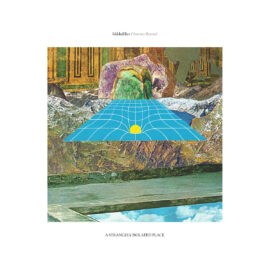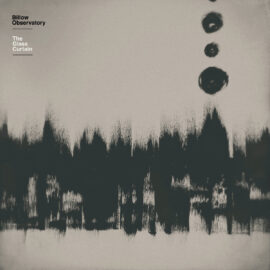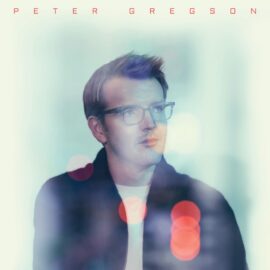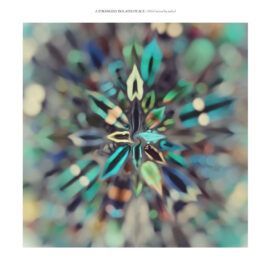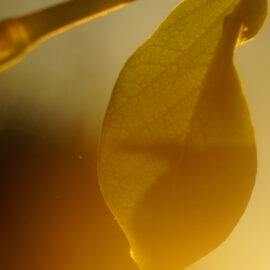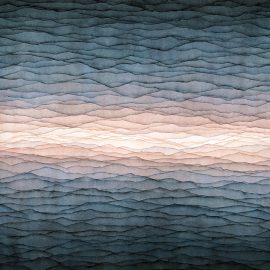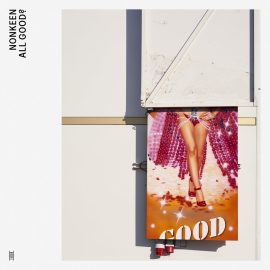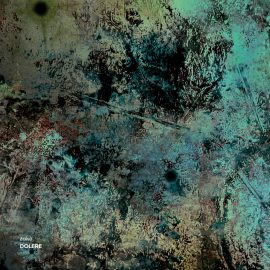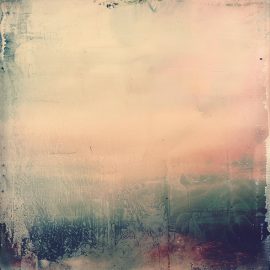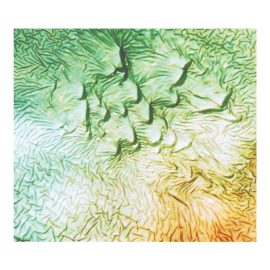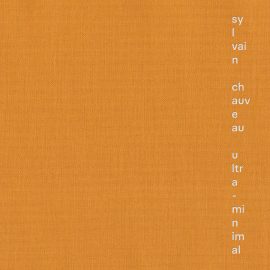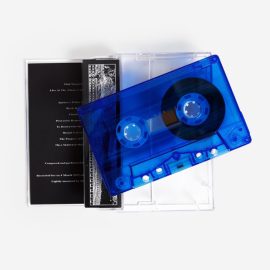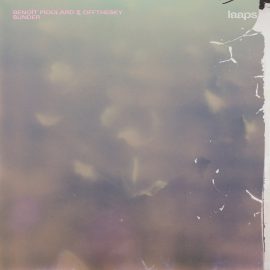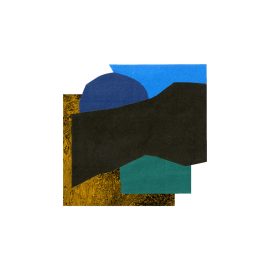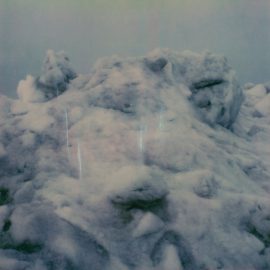 Fennesz Seven Stars Touch It’s time for me to catch up to my favorite releases from Touch. And what better way to kick it off then with a short four-track EP from Christian Fennesz one of the top experimental composers known for using his guitar as the source instrument in laptop aided electronic music. Anyone familiar with his work will instantly recognize the delicate attention to detail, even when the sound is submerged in slight distortion, some reverb and a little bit of flanger. Seven Stars is Fennesz’s first solo release since Black Sea (Touch, 2008). The tracks incorporate the usual electric guitars, bass, and synths to paint thick layers of drony textures, and for the first time in his discography a drum kit, played by Steven Hess (Member of Locrian). “I wanted to make a record that has a certain lightness about it and at the same time explore new territory using drums on one track,” says this Vienna based sound artist. Besides his solo work, there’s also his celebrated collaboration with Ryuichi Sakamoto – their latest, appearing on Touch as a double disk, titled Flumina. Both, this EP and the Fennesz + Sakamoto release have appeared on Headphone Commute’s Best of 2011, so it’s about time that they got properly mentioned on here. There’s also a neat little USB flash drive release by Fennesz and Jon Wozencroft, titled Liquid Music which you can pick up from touchshop.org. Fennesz never disappoints!
|
 Chris Watson & Marcus Davidson Cross-Pollination Touch Next up is a fascinating release from Chris Watson & Marcus Davidson. There are only two tracks on Cross-Pollination. The first 28 minute piece, titled Midnight At The Oasis, is a time compressed recording by Watson, from sunset to sunrise, if South Africa’s Kalahari desert. Just as you can imagine: the sounds of insects, birds, and nocturnal animals, are captured during their undisturbed activities. “After sunset the dunes, grasses and thorn bushes are patrolled by an emerging alien empire – the insects. Midnight at the Oasis’ presents an unseen soundscape from this beautiful and hostile environment.” If you don’t plan on camping out in Kalahari, you can thank Watson for this wildlife experience. My dog loves this field recording! For the second piece, The Bee Symphony, Marcus Davidson arranges Watson’s recordings of The Bee Choir scored after the notations of the bee hives of an English country garden. “I found that the bees formed chords around the A, which varied depending on their mood,” writes Davidson. “I spent time notating these bee chords, or note clusters, and as the bees sing easily in the human vocal range, I then scored the actual bee music for choir. The score was written so the choir sings exactly with different aspects of the bee song in real time, so hopefully we indeed have humans singing in harmony with bees!” Quite fascinating, don’t you think? You’ll have to hear this for yourself!
|
|
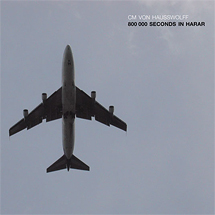 CM von Hausswolff 800 000 Seconds In Harar Touch This must be a weekend of field recordings for me. At least that is the case when I put on Carl Michael von Hausswolff two track composition, 800 000 Seconds in Harar. The first piece, “Day and Night” is split into three parts, and begins with a field recording on a hill outside of Harar, Ehtiopia, picking up sounds of insects, wind, and playing children. Only a single tone drones slowly on the piece, constructed from a single bow of an Ethiopian string instrument, called “krar”. Then “Day” turns into “Night”, and we hear a leaking faucet, recorded in von Hausswolff’s hotel room. The second piece, “The Sleeper in the Valley” is composed from oscillators, with a low rumbling rhythm of a Morse code signal, reciting the text of a same-titled Arthur Rimbaud poem, “Le Dormeur Du Val”. The reference to Rimbaud is no accident – the entire work was commissioned as a soundtrack for a play by Michael Azar inspired by the poet’s last years of his life spent in Harar. To gather the material required for the composition, von Hausswolff traveled to Harar for ten days (hence the title of the album), in search of recordings and inspiration. Being a huge fan of sine waves, von Hausswolff produces a challenging record, even for a seasoned noise connoisseur. This is one of CM’s works that, if left standing on its own, may be completely overshadowed by its eccentricities. Knowing the concept behind the album may aid in the digestion.
|
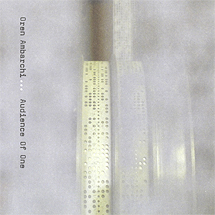 Oren Ambarchi Audience Of One Touch I polish off this Sound Bytes installment with a four track album by Oren Ambarchi, titled Audience Of One. The first five minute track, “Salt”, misleads me into thinking that this will be an album composed of (almost-pop) songs. Alas, the 33 minute colossus that follows proves me otherwise. The buzzing tones and dropping drones resemble the dying sighs of digital whales, moaning to the light cymbals, scratching strings and ritualistic vocal calls. The Australian multi-instrumentalist appears behind electric and acoustic guitars, driving forth the stagnating beast, the way he’s perfected when working with doom metal and dark ambient group, Sunn O))). No prisoners survive this onslaught, as the rolling thunder gains momentum in density and noise, while the drumming keeps up with the pace. When the gust passes, the album opens up like a flower that has survived the storm, with a beautiful “Passage”, contrasting and complimenting Ambarchi’s overall vision of minimalism, drone, and folk. With a wide array of contributing artists, such as Eyvind Kang, Jessika Kenney, Christ Townend and Joe Talia, Audience Of One is an album that could have only been released by Touch – a free falling trip into a lab of abstract frequencies and sound. As a four-part suite, this is a welcome return for Ambarchi to the label, having previously released In The Pendulum’s Embrace in 2007. Grab your copy from touchshop.org
|
|
Sound Bytes


